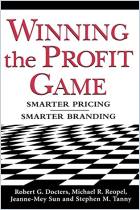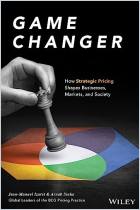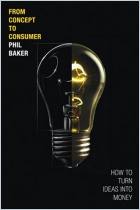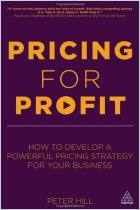
Recommendation
Consultants Madhavan Ramanujam and Georg Tacke offer a no-nonsense path to successful product design. Most companies go directly from idea to product design. They never know whether customers want and will pay for a product until after its launch. The authors describe “nine rules” for products and services designed to meet immediate client demands and “willingness-to-pay.” getAbstract recommends this clear guide’s sensible advice to anyone planning a new product or service.
Summary
About the Authors
Madhavan Ramanujam and Georg Tacke lead Simon-Kucher, a consulting firm that helps clients design products that customers want. For more information, see monetizinginnovation.com.
By the same authors
Learners who read this summary also read
Book
Book
Book
Book



















Comment on this summary